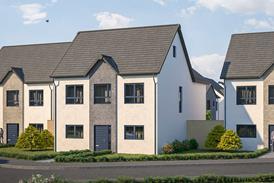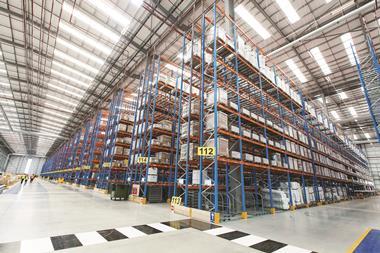Editor: I was pleased to hear a rallying cry from Johnny Ronan for tall buildings and the need to build cities higher, especially with the current emphasis on low-rise successes such as the RIBA Stirling Prize-winning Goldsmith Street scheme in Norwich.

It is clear that well-designed and well-constructed towers built in appropriate places are a sensible way to juggle an increasing population with limited available land and help achieve the densities we need. However, the article equated “building higher” with “using the space wisely”, and this ignores the potential for unwise decisions when it comes to tall buildings.
Firstly, and most obviously, tall buildings can have a significant environmental impact. The construction materials that are often used and the energy inefficiency of most high-rise blocks can lead to a large carbon footprint.
Secondly, there is a wellbeing angle to consider: those who grow up in urban environs away from green space have a much higher chance of mental illness. It is therefore important to future-proof and design intelligently if taking the high-rise route.
Mr Ronan’s ‘Hanging Gardens’ project is a good example of a developer trying to take these factors into consideration – it prioritises green space and energy efficiency – but the danger of promoting all planned tall buildings as equal is that many developers may not be so considerate.
We have a golden opportunity to build up and build smart, both for us and future generations. Let’s not waste it.
Peter Newton, architectural director, Barton Willmore
































No comments yet